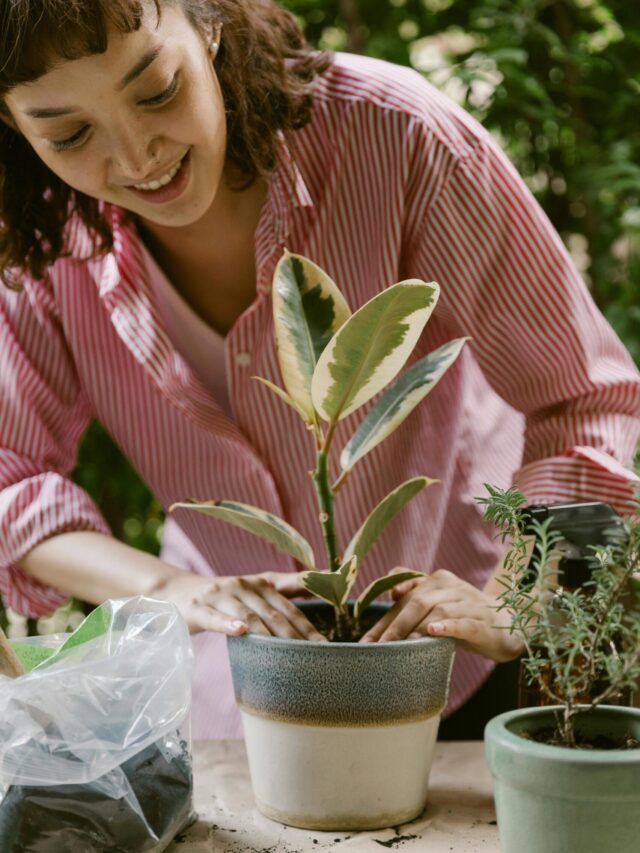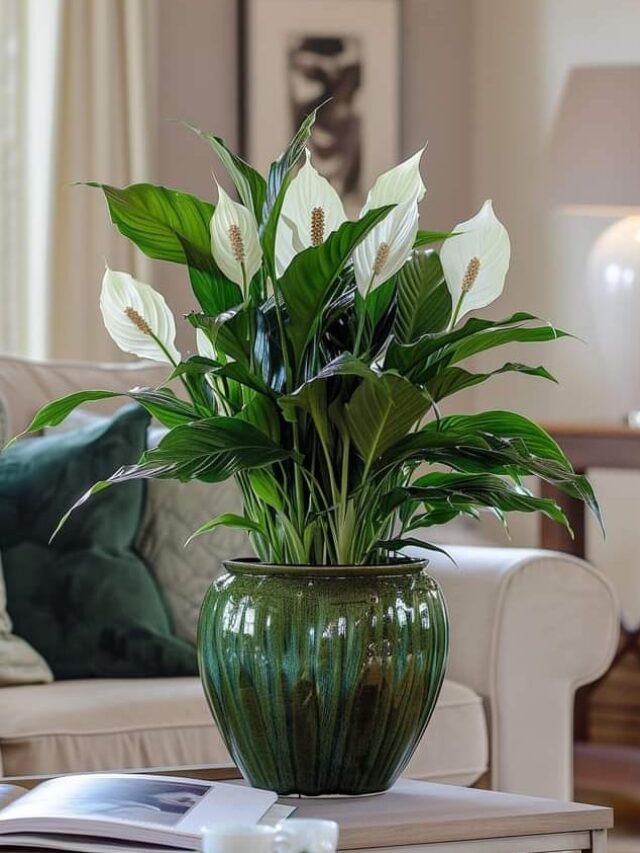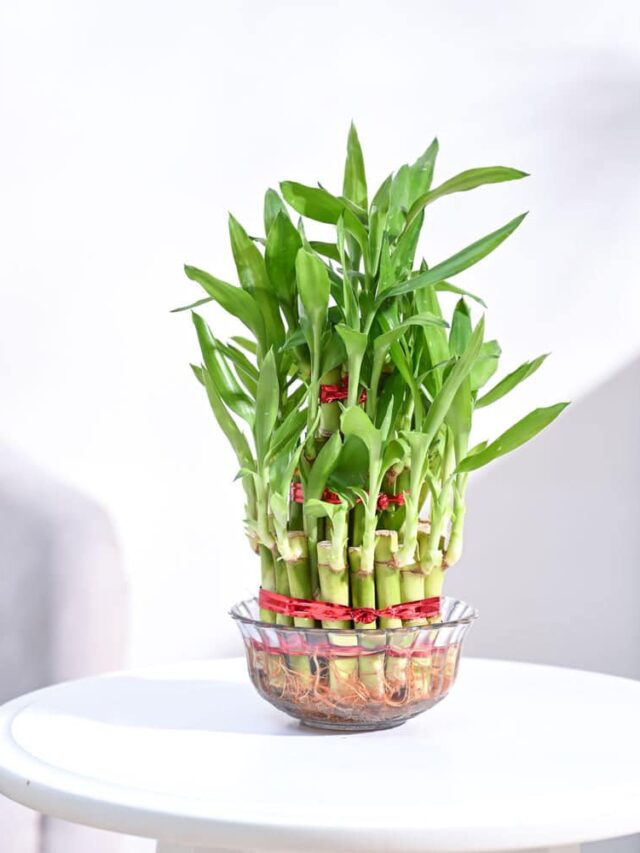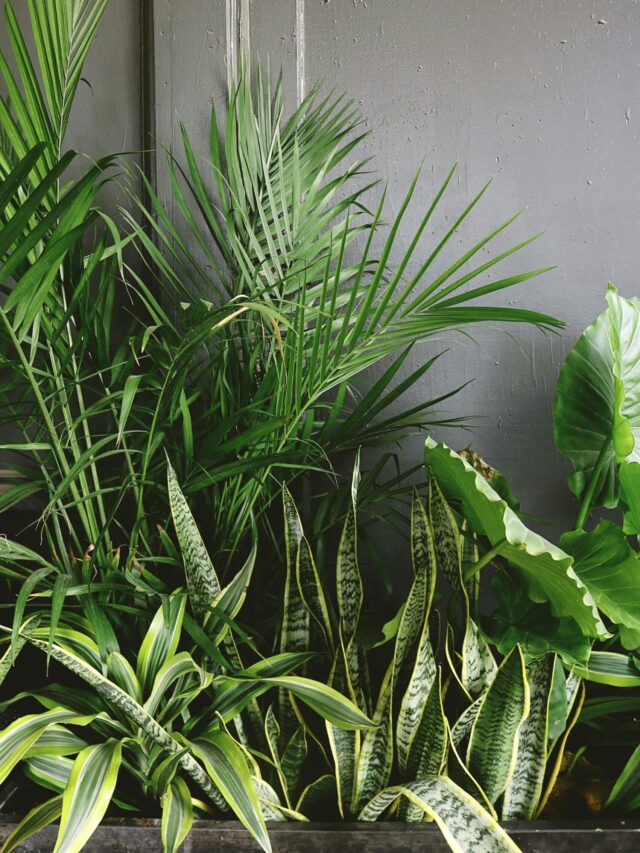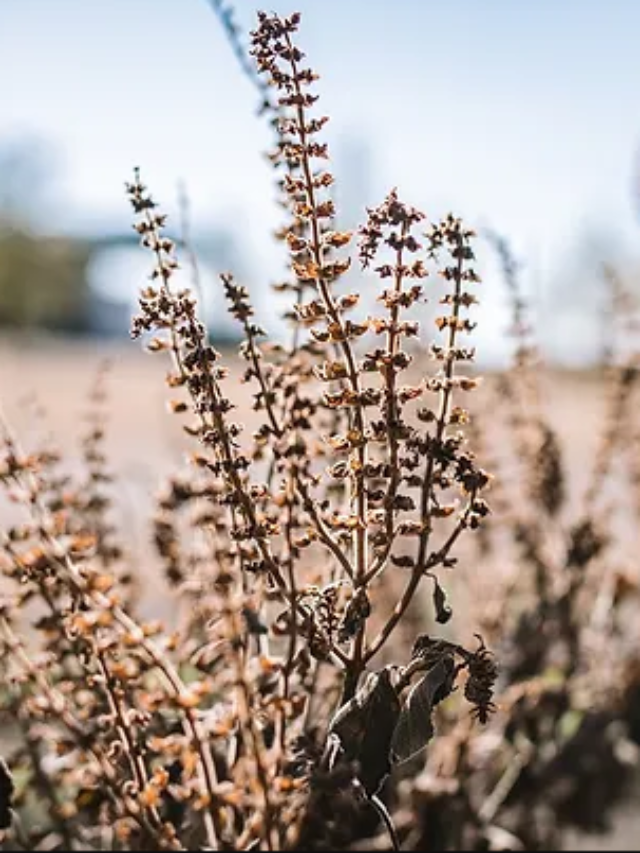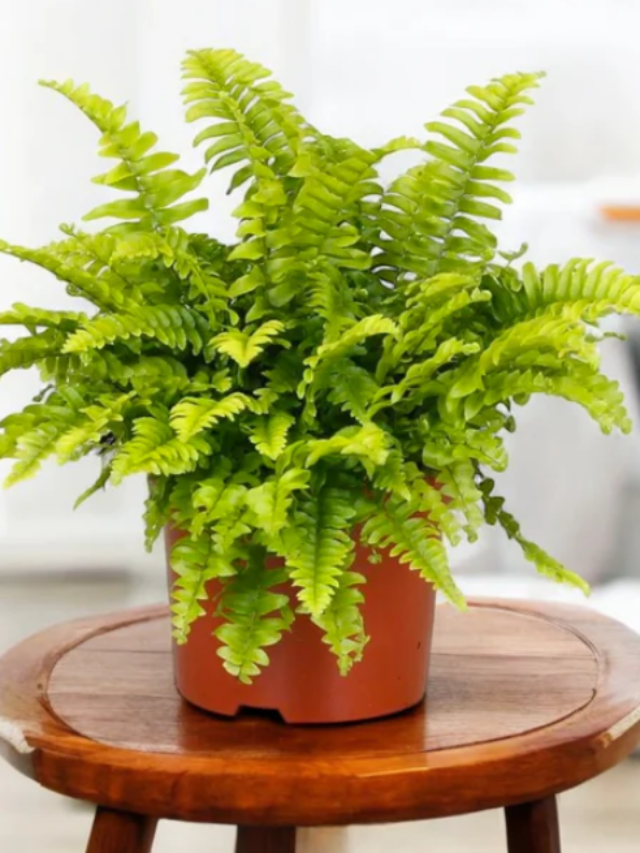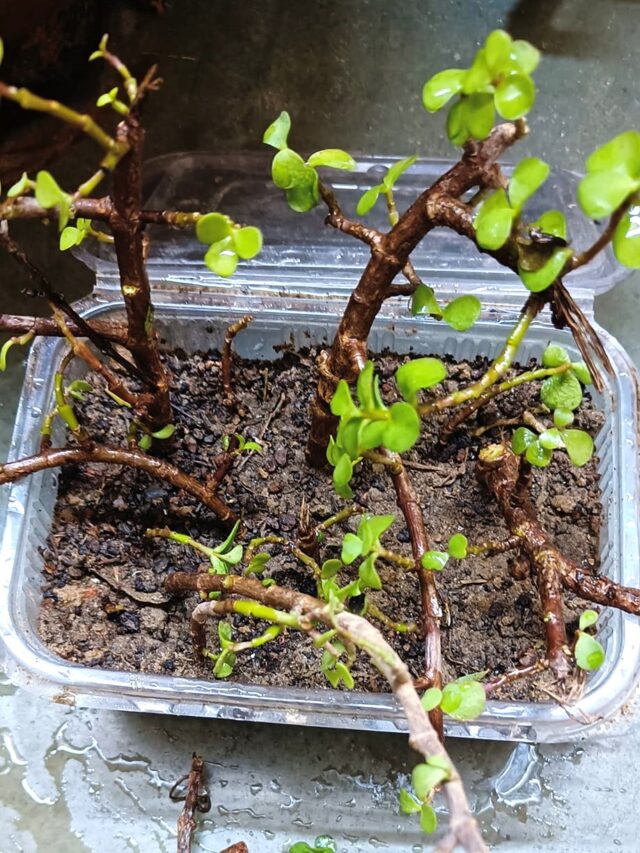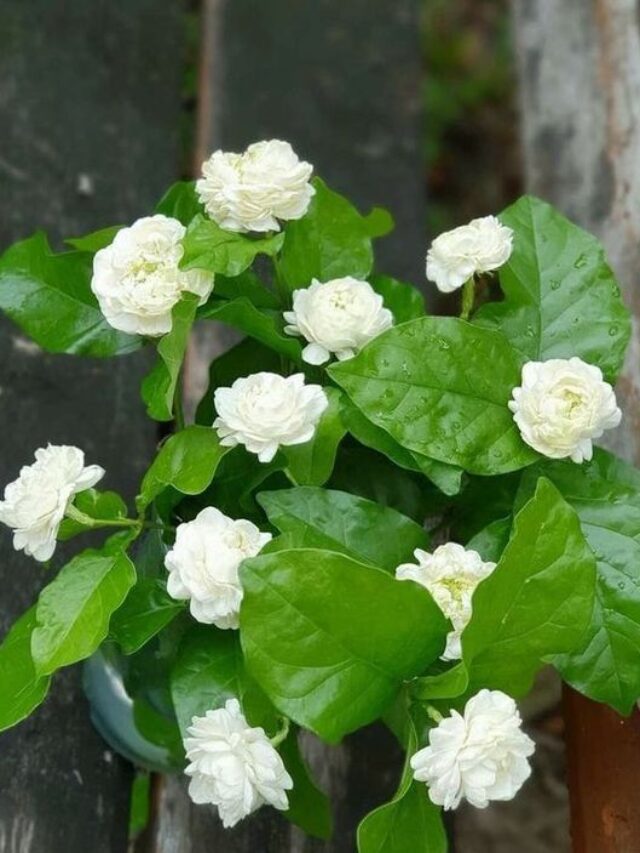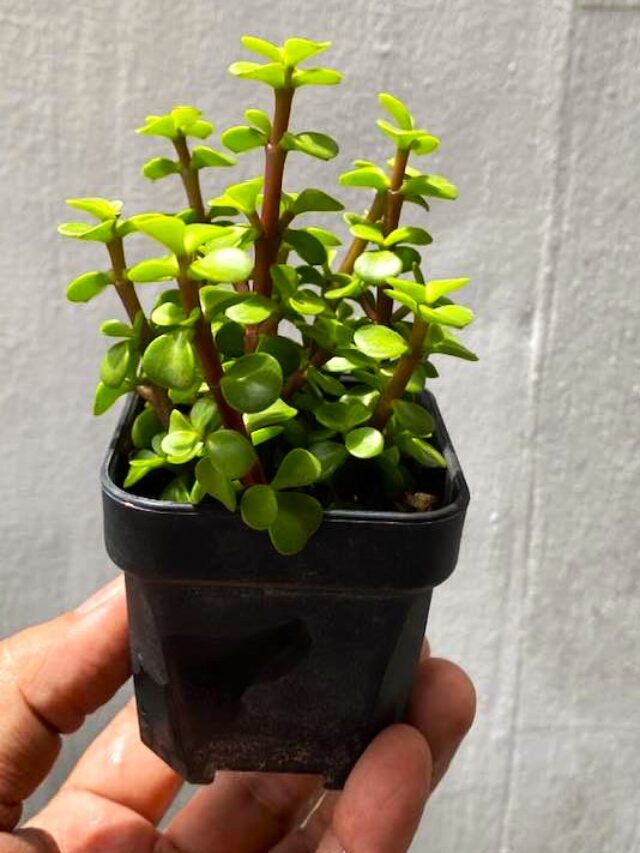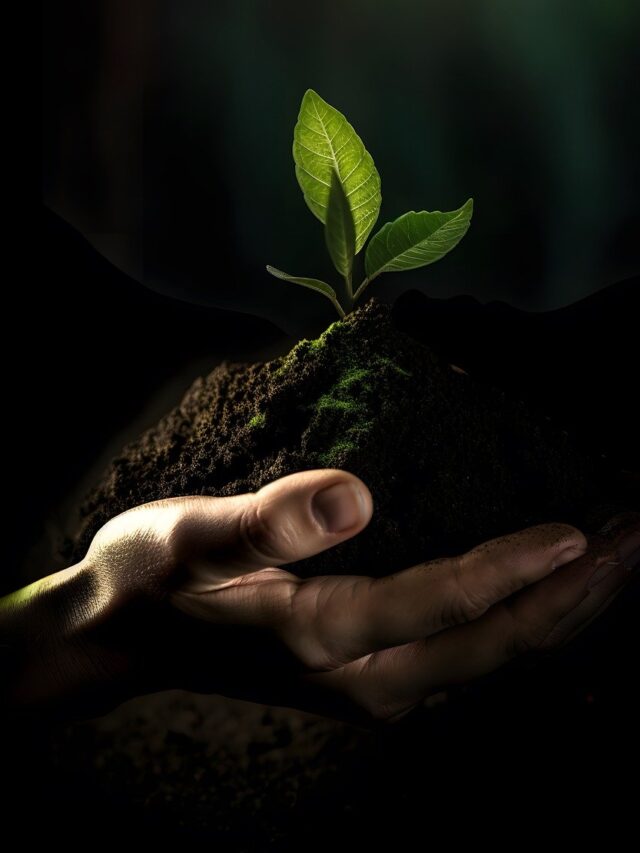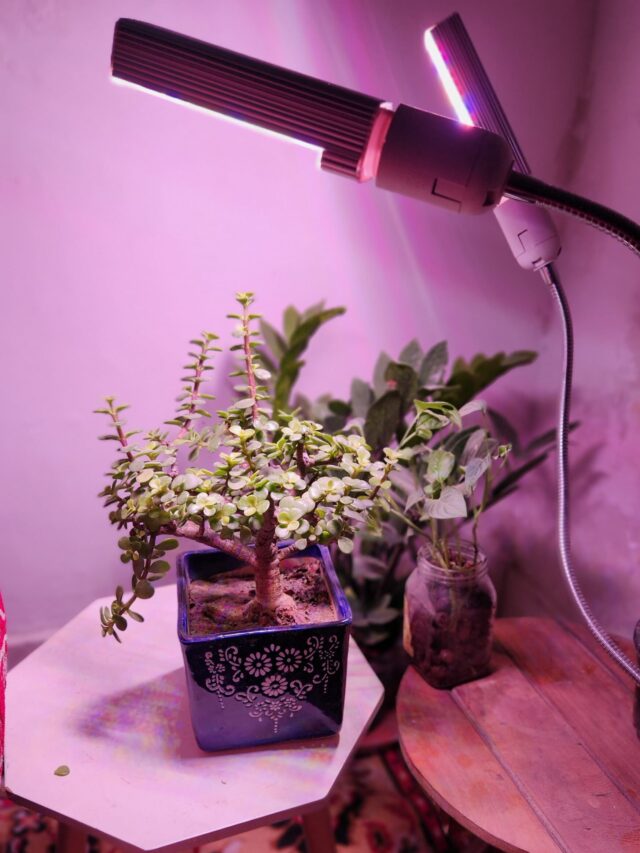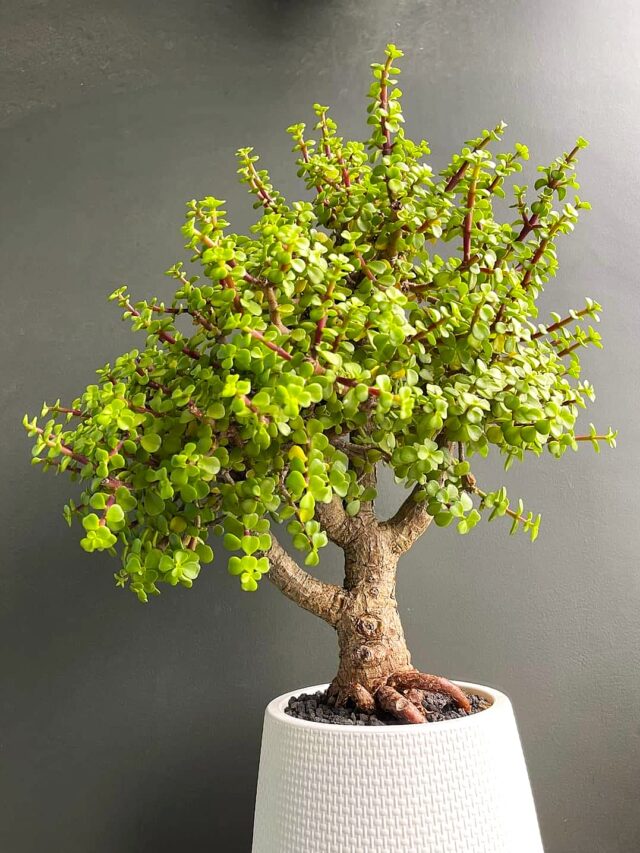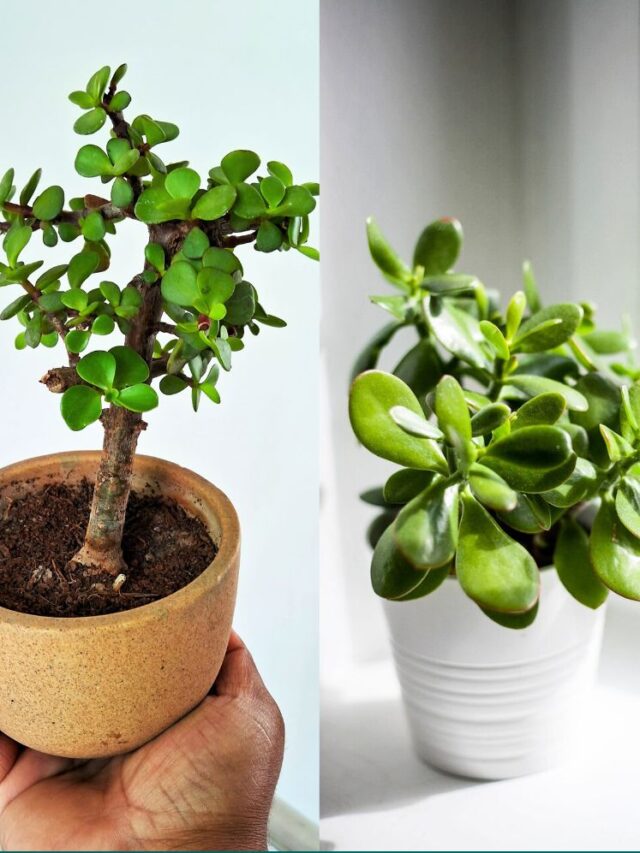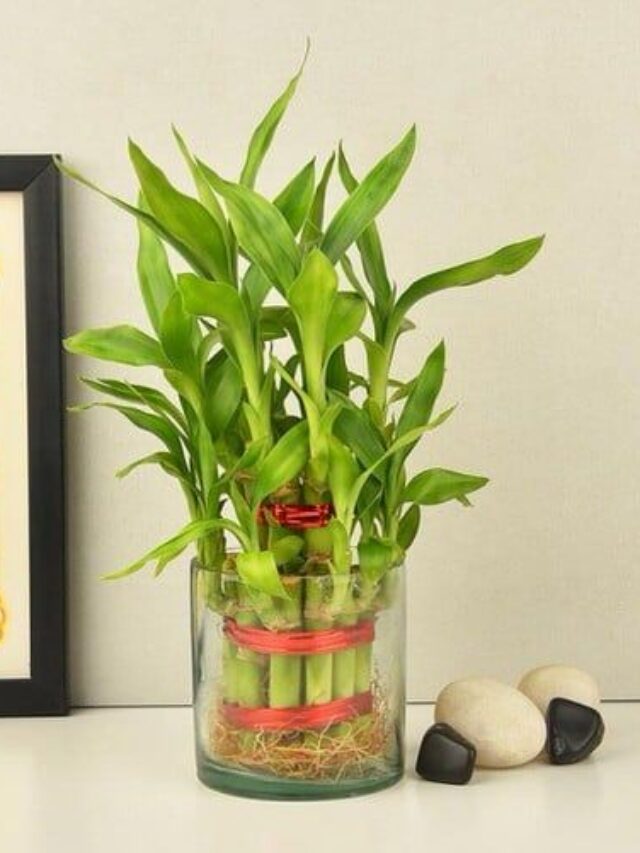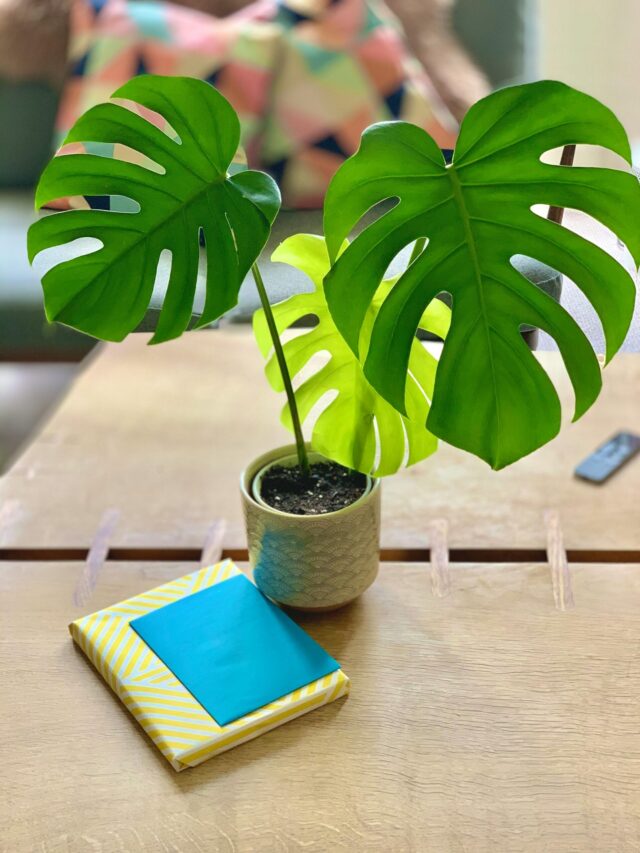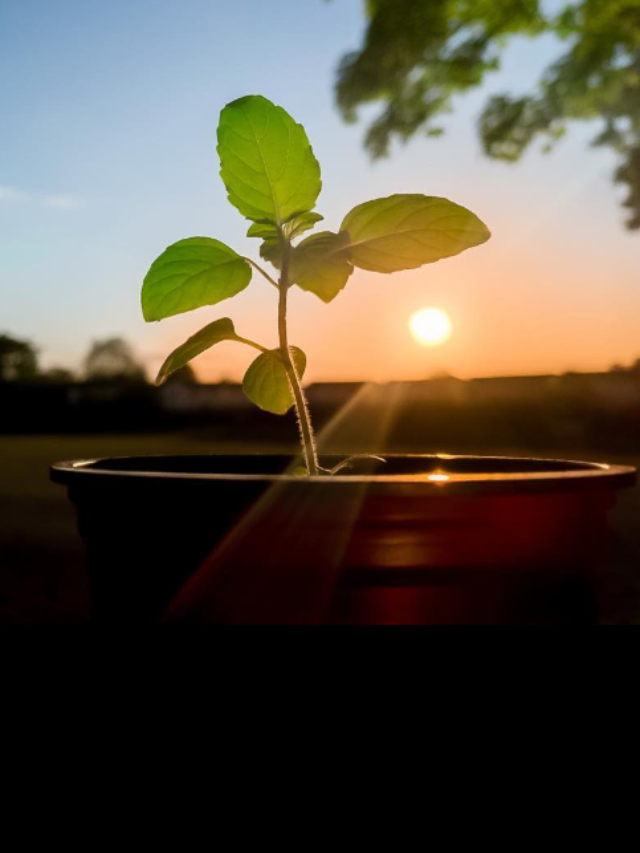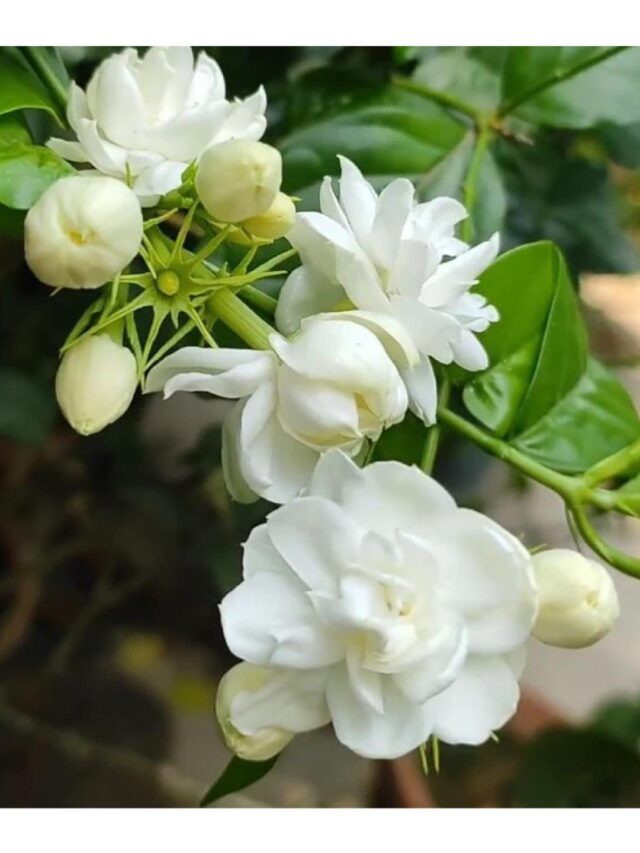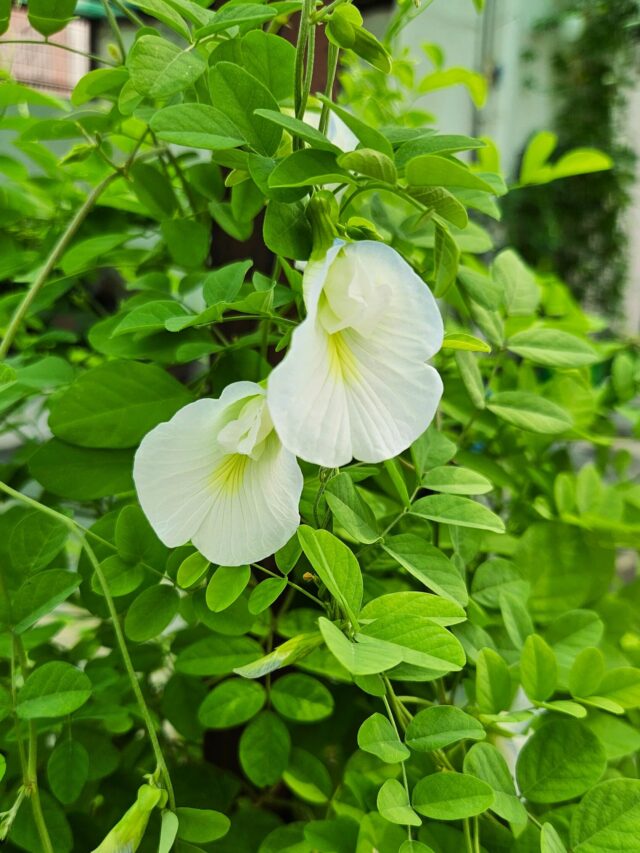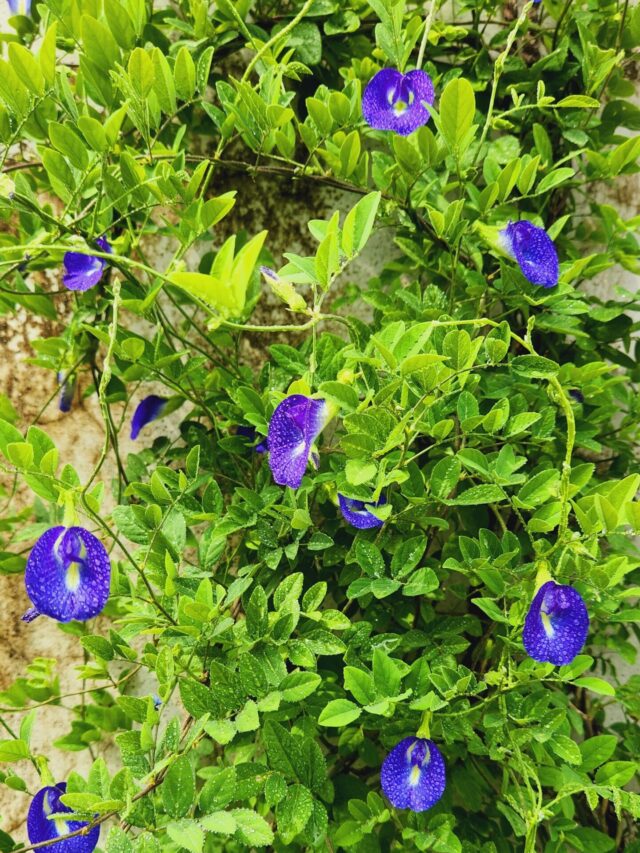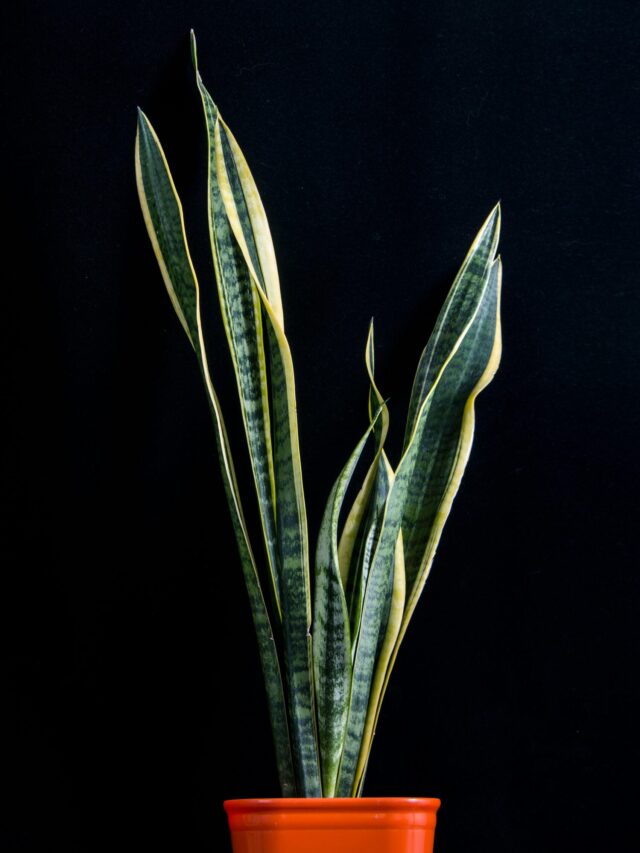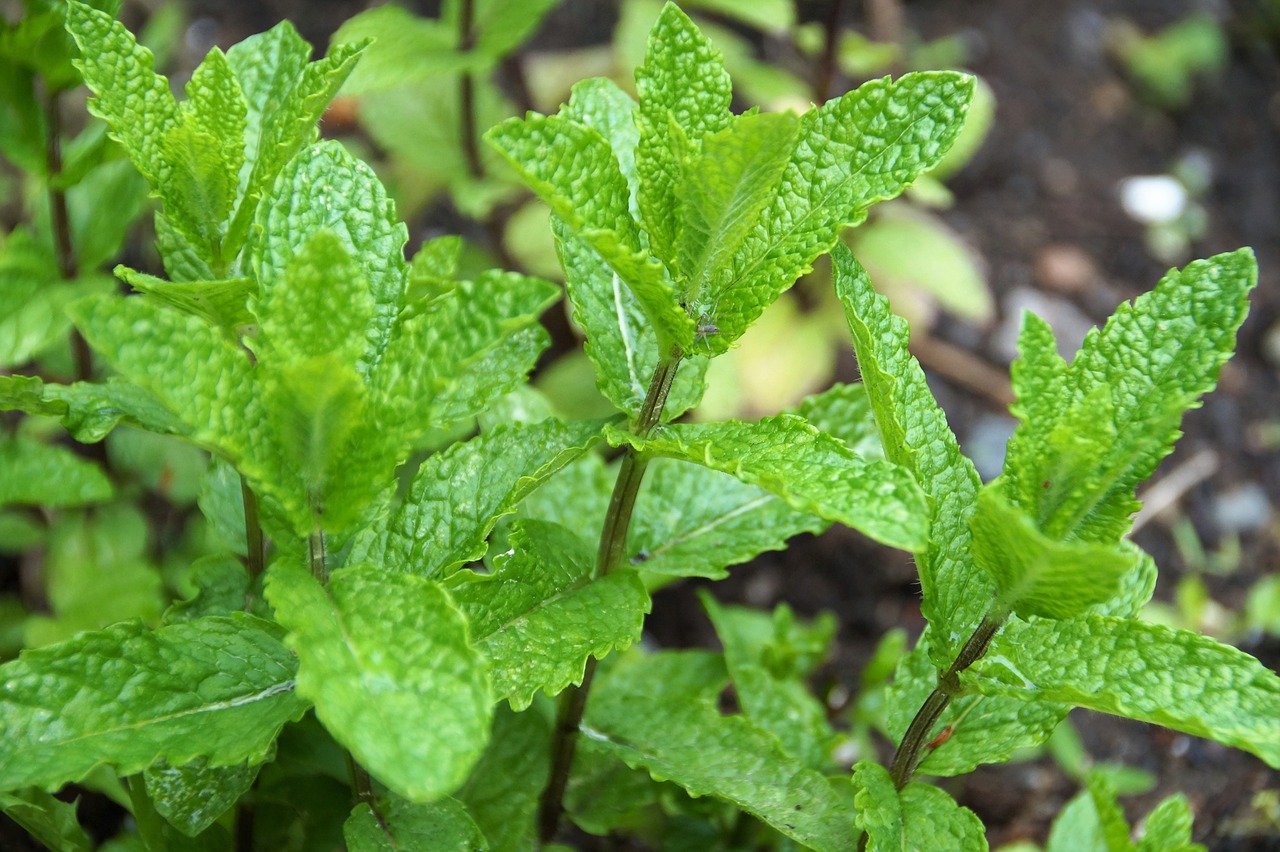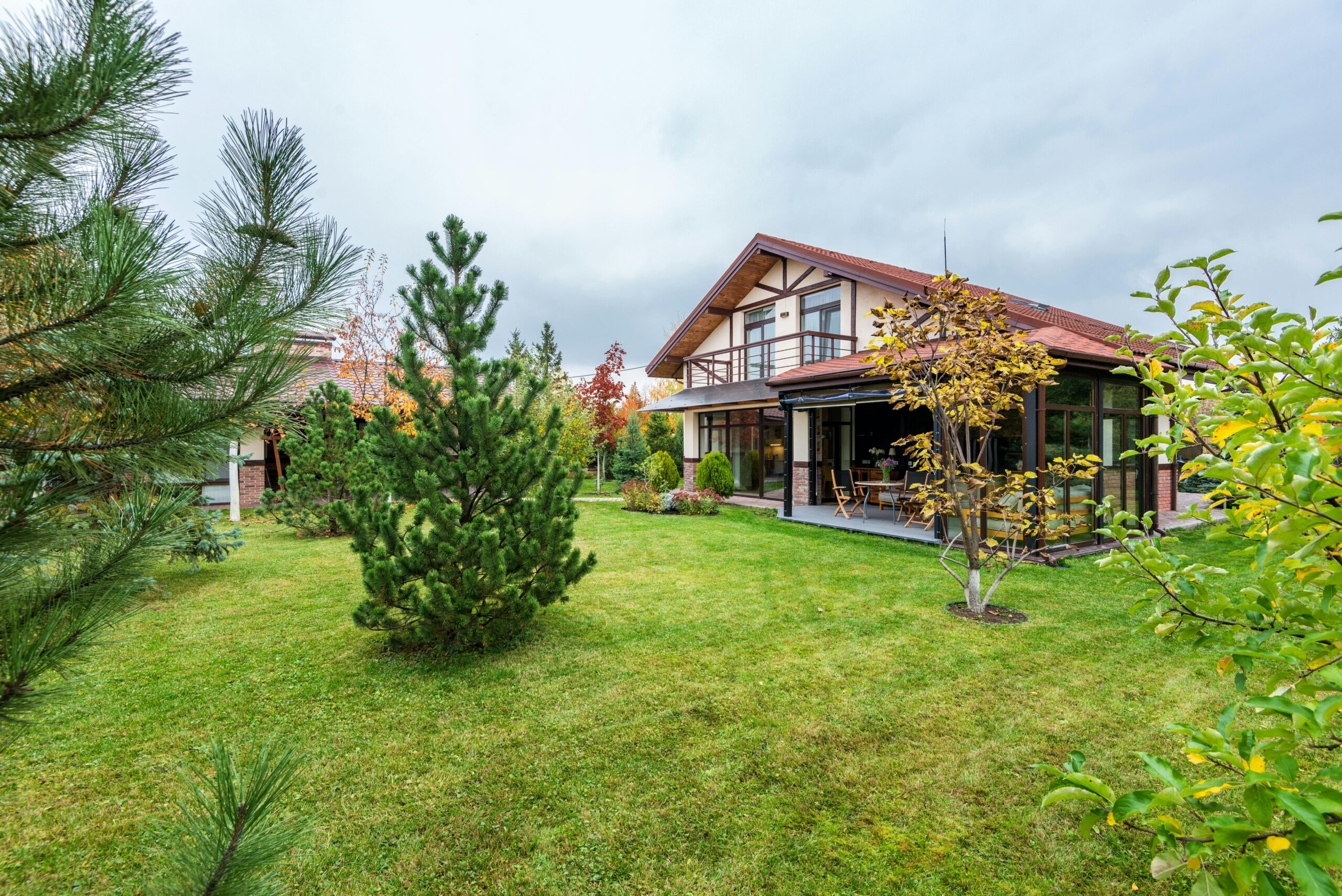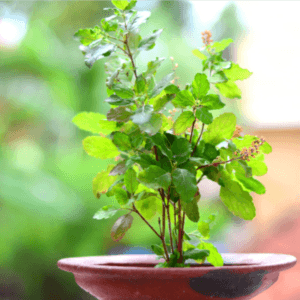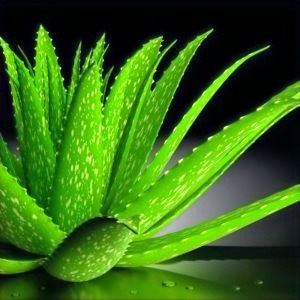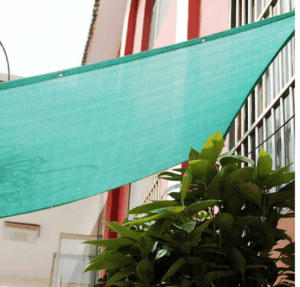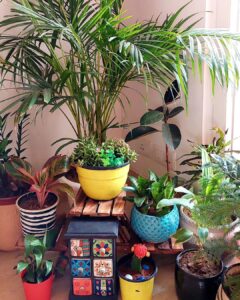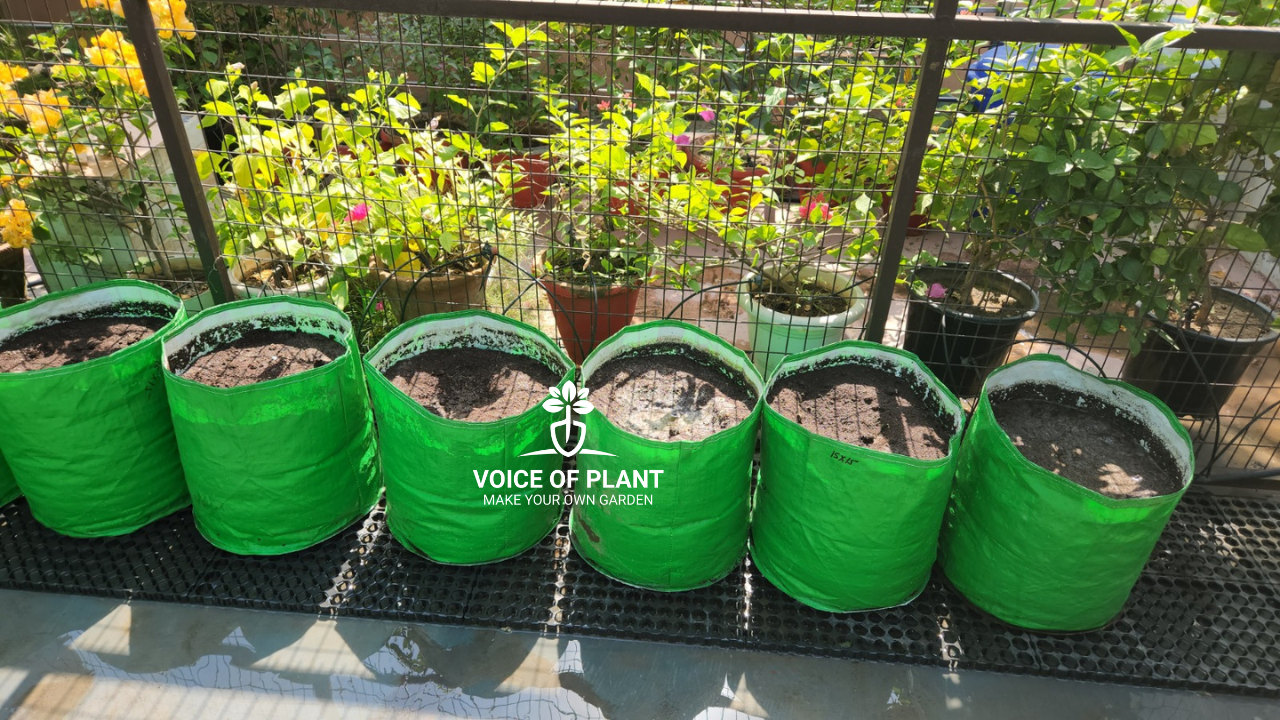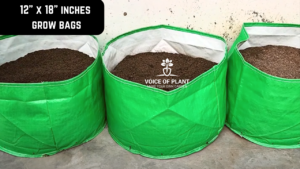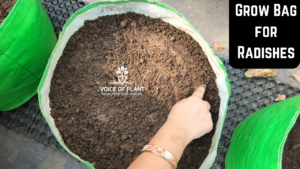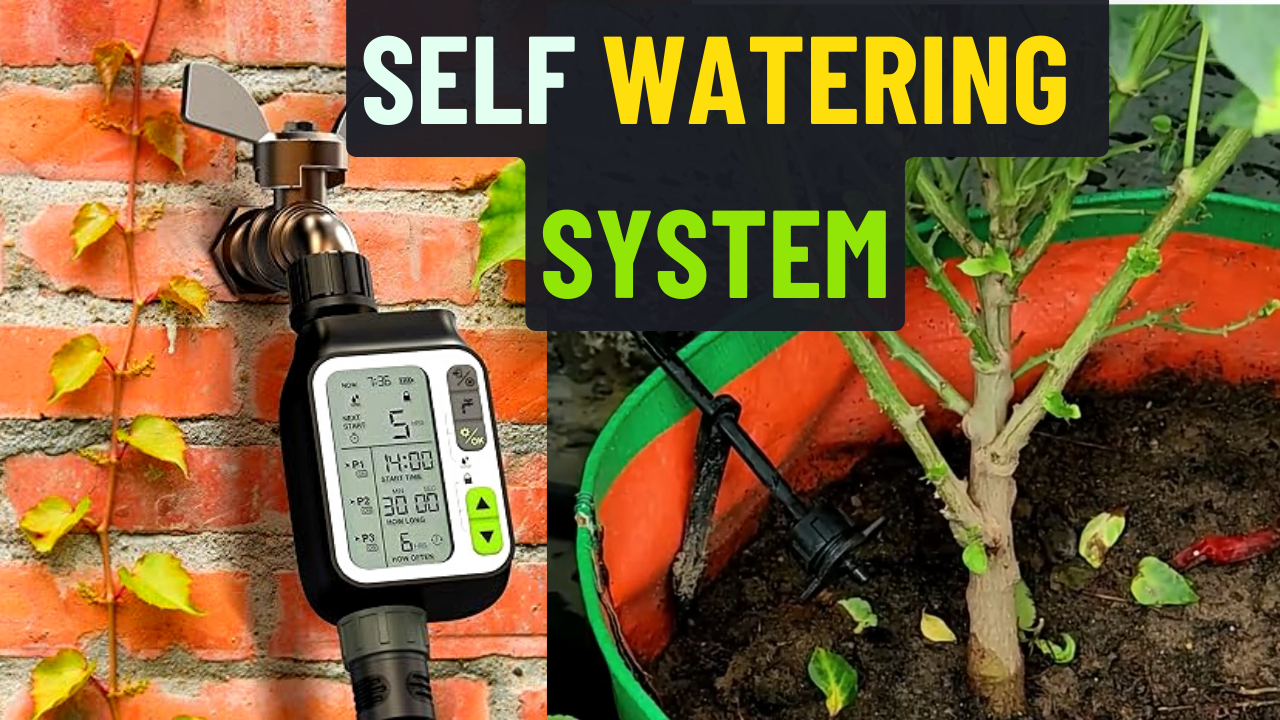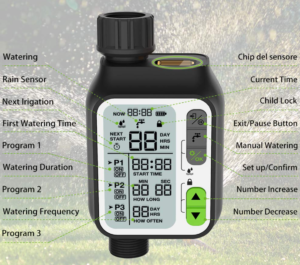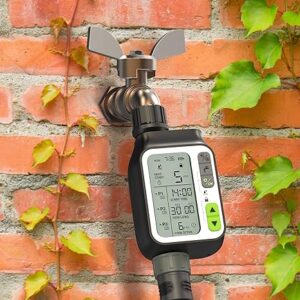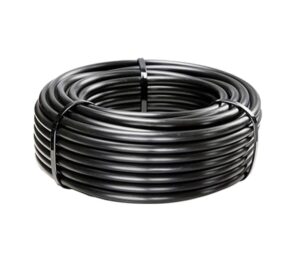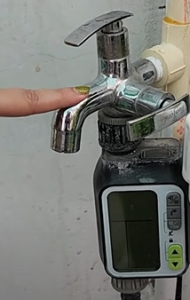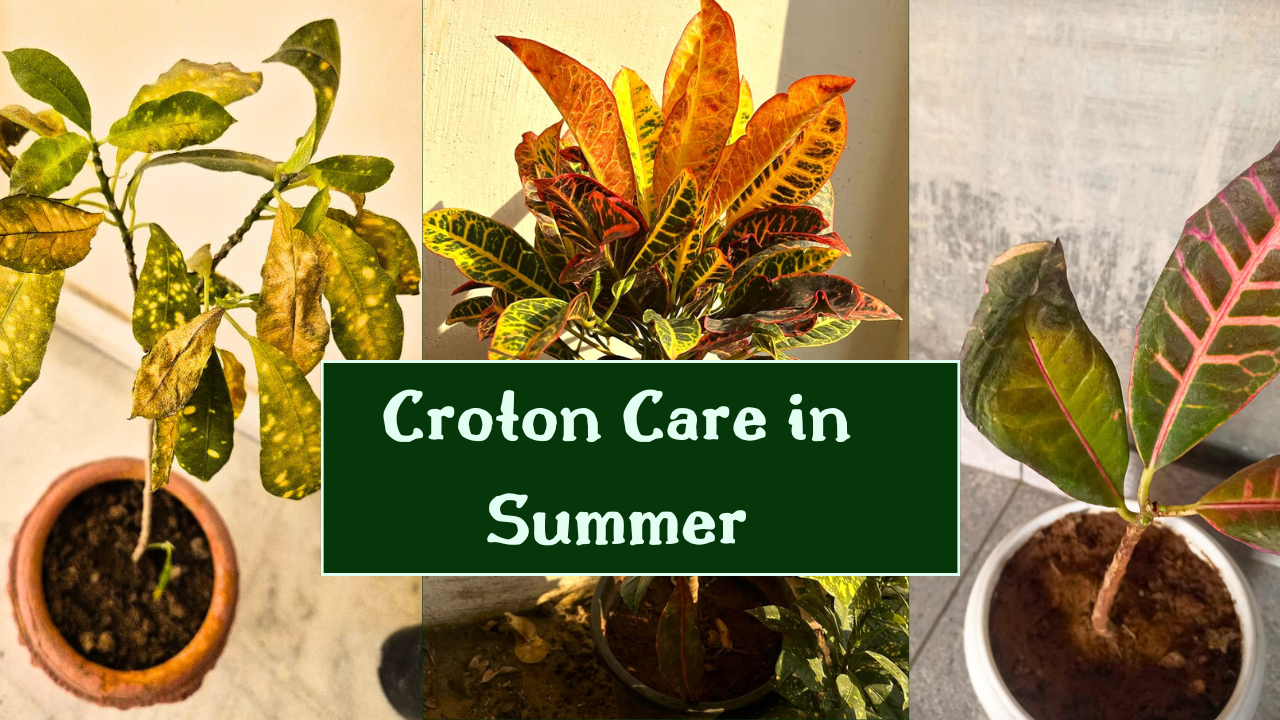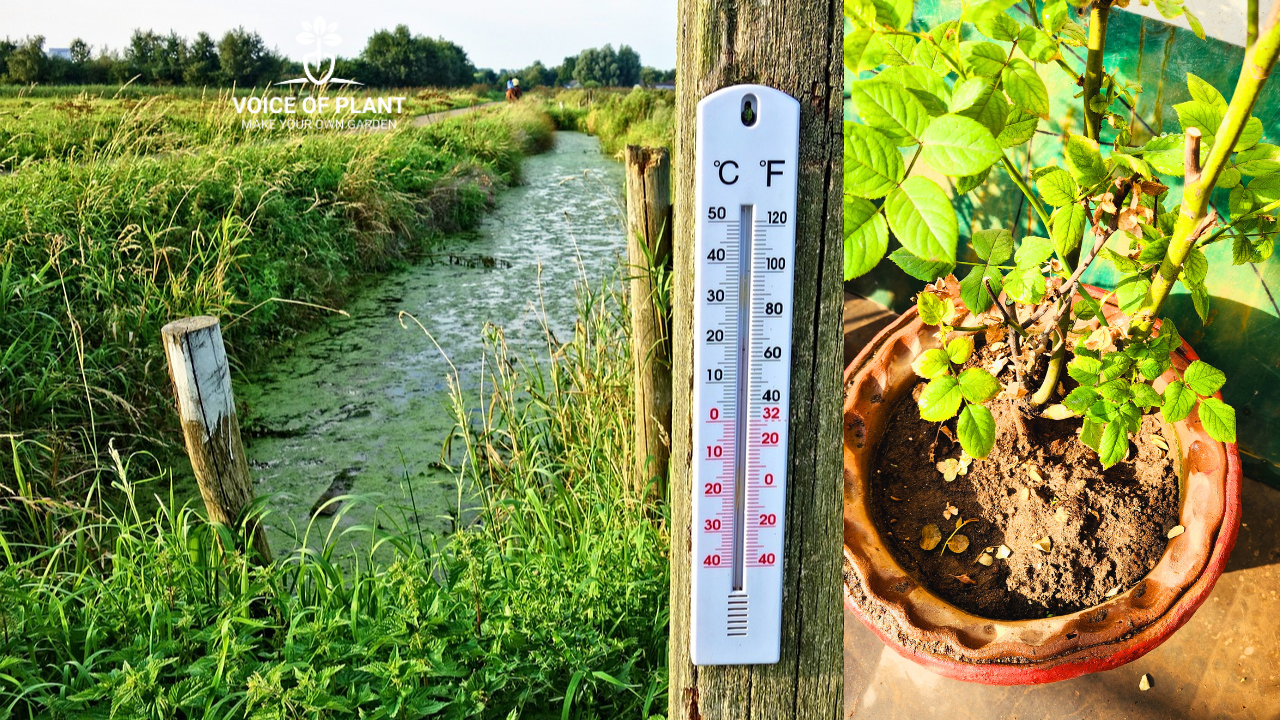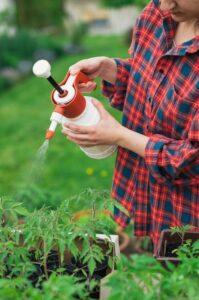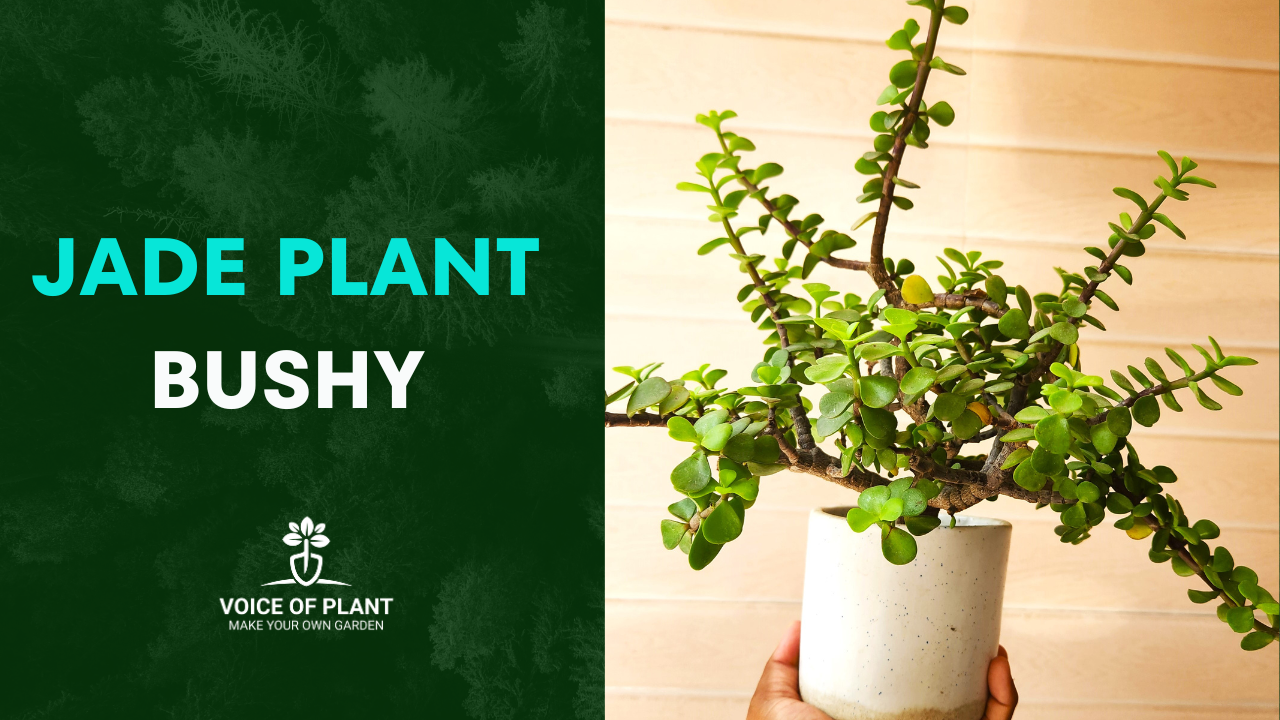Tips to grow Mint from seeds
Mint leaves not only add delightful flavor to dishes but also offer numerous health benefits. Due to its non-seasonal nature, having a mint plant at home allows for year-round availability. The aromatic qualities of mint serve as an excellent mouth freshener, provide relief to the stomach, and contribute to mental relaxation. Additionally, mint acts as a natural pest repellent in the garden. Its versatility extends to the kitchen, where it can be used to create a variety of tasty dishes and drinks.

With countless uses and benefits from a single plant, mint is a must-have in any garden. Let’s explore how to obtain, grow, nourish, and cultivate this versatile herb at home.
How to get a Mint plant?
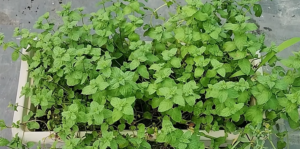
Growing Mint From Seeds: Optimal Conditions and Timing
Now, let’s delve into the details about the optimal conditions and timing for growing mint from seeds.
1. When to Grow?
The ideal period for sowing mint seeds is either in February-March or during the rainy season.
2.Perfect Temperature:
Mint grows well between 15-20℃.
- Fluctuations in temperature can cause stress and deviation in the plant.
- During periods of stress, the plant’s leaves may fade, but with a change in weather, it will recover and regain its health.
3. Quality of Seeds:
Always choose premium and fresh seeds when growing new mint plants.
- Avoid using expired or old seeds, as they may not germinate properly if of poor quality. Buy premium quality seeds and refrain from purchasing old dated seed packets.
4. Germination Rate:
The germination rate is relatively sluggish.
- Initially, only 3-4 seeds may germinate in 10-12 days, and the rest may follow after a month.
5. Use Pots for Germination:
Avoid using a seedling tray for germination.
- Instead, directly sow the seeds in the pot where the plant will ultimately grow.
6. Perfect Pot:

Mint plants have spreading runner roots that grow rapidly and easily cover the ground.
- Therefore, it is recommended to avoid planting them directly in the ground at home.
- Choose broad-shaped or rectangular pots with a depth of at least 1 foot and as wide as possible.
Note:
- Mint can hinder the growth of other plants if grown together or in the same pot.
- It is advisable to cultivate mint in separate pots.
Soil Mixture for Mint plant

1. Take local soil, clean it thoroughly using a sieve.
2. Use vermicompost in an amount equal to half of the soil quantity (Vermicompost can be replaced with any other compost).
3. Add river or construction sand in a slightly smaller quantity than the vermicompost to improve soil friability and drainage.
4. Take coco peat in a quantity equal to half of the sand quantity.
5. Add a handful of neem cake powder and mustard cake powder.
6. Incorporate a small amount of fungicide to mitigate the risk of fungal growth.
Thoroughly blend all the ingredients, and the mint plant’s soil is ready for cultivation.
Mint seed sowing process in pot
1. Take a small pot, cover the bottom hole with newspaper, and

fill it with soil, pressing it in between and

water the soil thoroughly to ensure it becomes moist.

2. Add a layer of moist cocopeat on top, as mint seeds germinate well in cocopeat.

3. Position the seeds in the pot, covering them with a thin layer of moist cocopeat. Avoid planting them too deep, as excessive depth may hinder germination.

4. Since cocopeat is already moist, no additional water spray is needed at this point.
5. Place the pot in an area with sufficient light, either indoors or outdoors, avoiding direct sunlight or excessively dark rooms.
6. When the top layer appears dry, gently water the plant without applying excessive force.
7. Seeds will take at least 10-12 days to germinate.
8. Once germination occurs, move the pot to an area with 1-1.5 hours of sunlight after 1-1.5 months, avoiding intense sunlight.

9. After 1-1.5 months, transfer the plant to a broad-shaped pot with the prepared soil mixture.

Note:
- Repotting is advisable in the evening to minimize stress on the plant. Thoroughly water the plant after repotting and use support sticks to prevent leaning.
Fertilizer for Mint plant
1. After approximately 2 months, provide additional nutrients to encourage growth.

2. Feed the plant cow dung liquid fertilizer or vermicompost tea.
3. Before winter, nourish the plant with mustard cake liquid fertilizer for better winter resilience.
Sunlight requirement for Mint plant
1. Mature mint plants need 2-3 hours of sunlight, preferably gentle sunlight.
2. Place the plant under early morning or evening sunlight, shading it if exposed to intense afternoon sunlight.
Pruning of Mint plant

Mint plants generally do not require pruning but consider it for:
- Shaping the plant for a more organized appearance.
- Trimming dull or damaged leaves, especially in winter or extreme summers.
- Removing flowers to prevent seed formation and potential stress to the plant.
Watering tips to Mint plant

1. Mint thrives in consistently moist soil, so water before the soil dries out.
2. Avoid overwatering to prevent plant deterioration.
3. Mint plants benefit from rainwater, so allow them to bask in the rain for enhanced growth.
This article provides a comprehensive guide on growing mint from seeds, covering all aspects to successfully cultivate mint at home.
Happy Gardening !!
